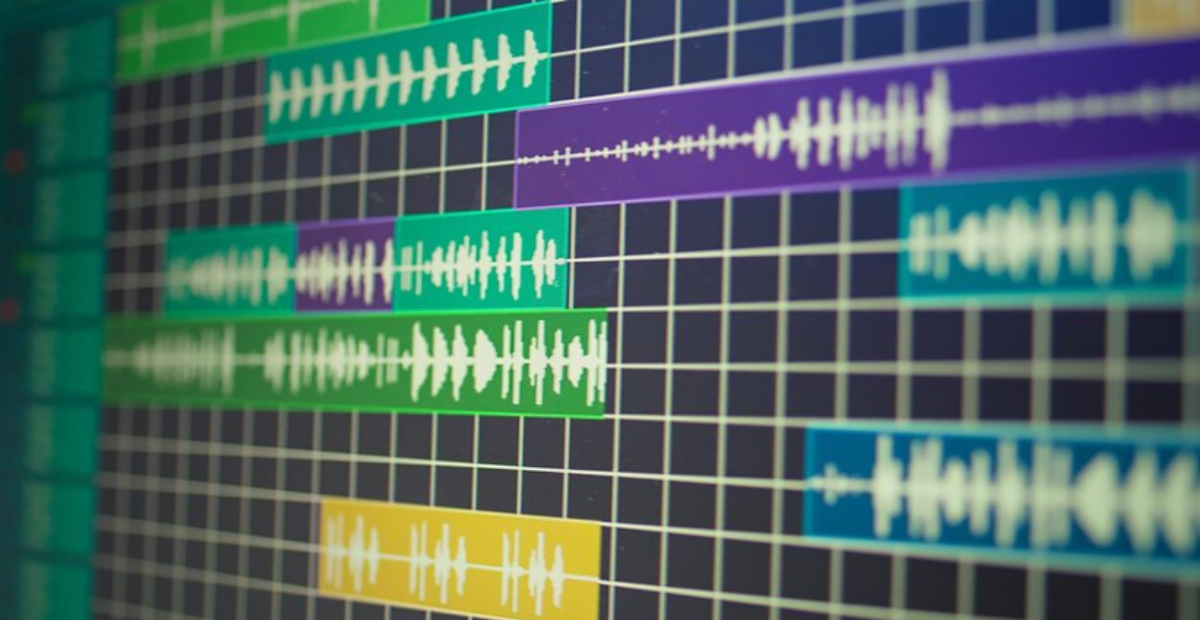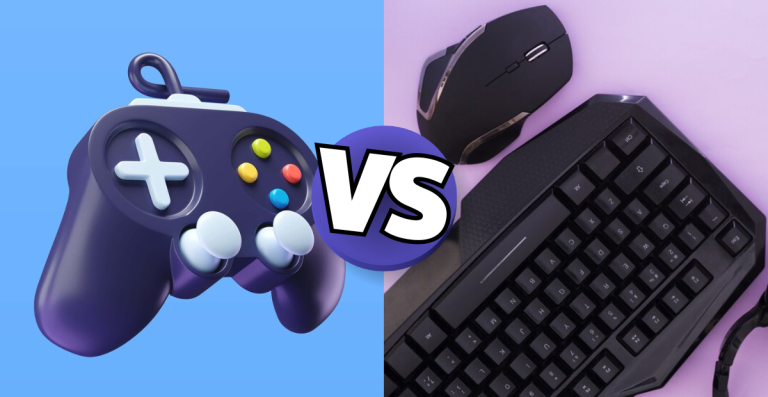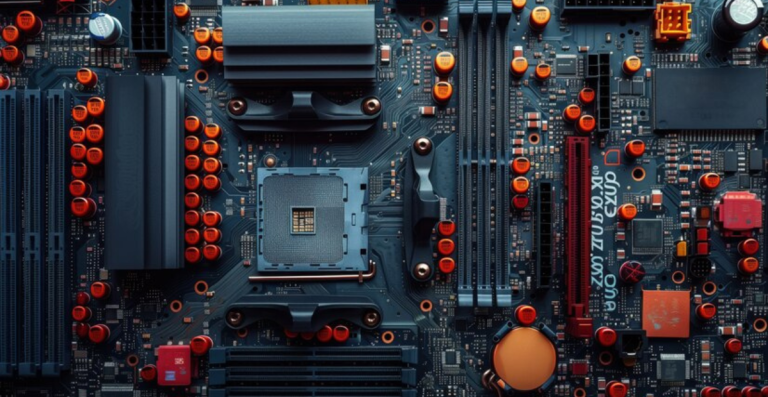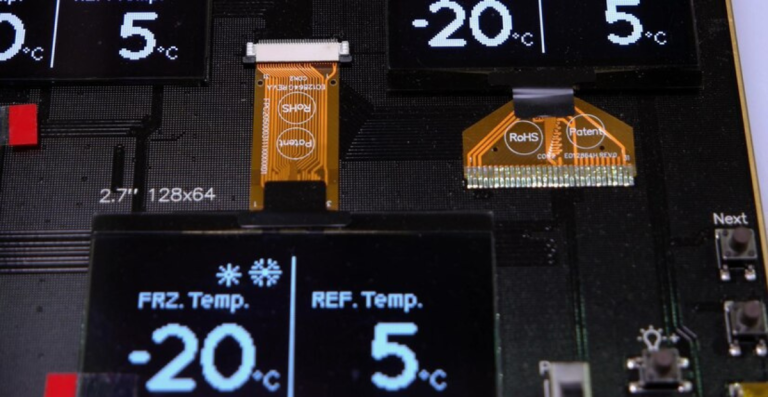Memory Timing vs Frequency: What Really Matters for Gaming?

RAM performance is a crucial component that many gamers ignore when it comes to PC gaming optimization. Memory timing vs. Frequency are two of the most crucial parameters to take into account. Despite the fact that these terms are frequently used synonymously, they have quite diverse effects on how well your system functions when you play games.
Understanding RAM Specifications
It is crucial to first comprehend the fundamental characteristics of RAM in order to completely appreciate how memory timing and frequency affect gaming. The two main factors that influence RAM performance in gaming situations memory frequency and timing are broken out in this section.
Memory Frequency (MHz)
The speed at which data may move between the RAM and the rest of the system is known as memory frequency, and it is expressed in megahertz (MHz). More data cycles per second at a higher frequency could result in better performance.
The speed at which data can be written to or read from the RAM depends on frequency. A memory module operating at 3200 MHz, for example, can execute 3.2 billion data cycles per second, but a module operating at 4800 MHz would execute 4.8 billion cycles in the same period. For applications like gaming that depend on quick data access, more cycles typically translate into quicker data throughput.
Theoretically, bandwidth the volume of data that can go to and from memory per second may be increased by using higher frequencies. For instance, raising the frequency from 2133 MHz to 3200 MHz could greatly increase the amount of data the CPU can access, particularly for bandwidth-intensive operations like 3D simulations or video processing.
Memory Timing
Memory timing is the latency in accessing data, whereas frequency is the speed at which data is conveyed. Quicker access to the data stored in RAM is made possible by lower latency, which is essential for responsiveness, especially in fast-paced games.
- CAS Latency (CL): The most commonly referenced timing, CL measures the delay between sending a read command to the RAM and the moment the data is available.
- tRCD (RAS to CAS Delay): This defines the time it takes between activating a row and accessing the data within that row. Lower tRCD values can improve performance by speeding up memory access.
- tRP (Row Precharge Time): This is the time required to close one row and open another in the memory. A lower tRP value reduces the delay in switching between rows, enhancing data retrieval.
- tRAS (Row Active Time): tRAS determines how long the row stays active before it can be precharged. A shorter tRAS can result in faster access to memory.
Lower latency results in quicker data access, which can be particularly noticeable in games requiring fast reactions, like first-person shooters. For example, reducing the CAS latency from CL16 to CL14 can result in faster response times, giving gamers a slight edge in competitive gameplay.
Impact of Memory Timing and Raw Frequency in Modern Games
More data can flow between RAM and CPU in a second when memory frequencies are higher. Performance in games may be improved by this, but only under specific circumstances. This section examines the situations in which frequency is beneficial, when it is not, and the reasons why it occasionally reaches a performance cap.
- Scenarios Where Higher Frequency Yields Noticeable Gains: Faster memory is advantageous for games with wide open environments, intricate AI, or long draw distances. Because the CPU is under additional stress in certain situations, memory bandwidth becomes more important. Games like Starfield or Elden Ring frequently exhibit quantifiable gains with faster RAM, especially when switching from 2666 MHz to 3600 MHz.
- The Interplay Between CPU, Memory Controller, and Frequency Benefits: The greater speed must be supported by the CPU’s memory controller; otherwise, the benefit may be limited. For instance, the Infinity Fabric clock on Ryzen processors is directly impacted by memory speed, which can have an impact on system latency and gaming performance.
- Diminishing Returns of Extremely High Frequencies in Certain Games: The benefits of speeding up memory diminish after a certain point. Most gamers find it impractical to jump from 3600 MHz to 4000+ MHz because it may only result in a 1-2 percent increase in average frame rate and frequently necessitates manual tuning or voltage adjustments.
Balancing Frequency and Memory Timing
Optimizing performance is only one aspect of striking the correct balance between RAM speed and responsiveness; another is managing your money wisely. This section examines how price-to-performance analysis and efficient latency can be used to assess RAM configurations more comprehensively.
Understanding Effective Latency: A Combined Metric
Timing and frequency are not independent; rather, they function in tandem. Effective latency can help with that. By translating delay from cycles into actual nanoseconds (ns), it provides a more accurate picture of how quick your memory actually is.
Here’s a simple formula to figure it out:
Effective Latency (ns) = (CAS Latency ÷ Memory Frequency) × 2000
For example:
- CL16 at 3200 MHz → (16 ÷ 3200) × 2000 = 10 ns
- CL18 at 3600 MHz → (18 ÷ 3600) × 2000 = 10 ns
Both kits have the same effective latency even though the second kit has a greater frequency. This clarifies why CL16 3200 MHz and CL18 3600 MHz frequently exhibit comparable performance in real-world gaming evaluations. Comparing kits using this method is simpler than only examining MHz or CL figures.
The Price-to-Performance Considerations
Raw performance is great, but it only makes sense when paired with value.
Let’s break it down:
- High-frequency kits (4000+ MHz) usually come at a premium and might require voltage tweaking or better motherboards. The performance boost is minimal in most games unless you’re using high-end CPUs that can fully utilize the bandwidth.
- Low-latency kits (CL14, CL15) are excellent for snappy performance, especially in competitive or CPU-bound games. But again, they can be expensive especially B-die-based kits from manufacturers like G.SKILL or Corsair.
So, what’s the sweet spot?
The majority of gamers find that DDR4-3600 MHz with CL16 or DDR5-6000 MHz with CL30–CL36 offer a good mix of speed, latency, and price, providing nearly ideal gaming performance without going over budget.
Memory Timing vs. Frequency: Who Wins in the Performance Game?
After dissecting the effects of memory timing and frequency on games, let’s examine real-world situations to determine where each excels and whether one actually has the advantage.
Scenarios Favoring Lower Latency
Memory timings can have a big impact on gaming at lower resolutions with a high refresh rate. The GPU and CPU work closely together at 1080p or 1440p with high refresh rates (240Hz and higher), frequently pushing performance to its limits. Lower latency in these circumstances enables more effective communication between the CPU and the RAM, minimizing bottlenecks.
- Example: In fast-paced FPS games like Valorant or Overwatch, reducing latency can lead to more consistent frame times, sharper responsiveness, and lower input lag. Tight timings, especially when paired with higher refresh rates, create smoother gameplay and offer a competitive edge.
Scenarios Favoring Higher Frequency
Memory frequency becomes increasingly crucial while playing games with higher resolutions or CPU-intensive games like Shadow of the Tomb Raider or Cyberpunk 2077. Higher frequencies are more advantageous in these situations since the GPU frequently has to wait longer for data from the RAM than it does at lower resolutions.
- Example: At 4K, games are often bottlenecked by the GPU, and memory speed can impact how quickly textures and other assets are loaded, potentially affecting frame rates and overall performance. A higher-frequency RAM kit can speed up these data transfers, reducing stutter and improving fluidity.
The Role of XMP Profiles for Optimal Configuration
The majority of contemporary RAM and motherboards have a feature called XMP (Extreme Memory Profile) that makes it simple for consumers to attain peak performance. You may increase RAM frequency and tighten timings without manual tuning by only turning on the profile in BIOS.
- Why XMP helps: XMP eliminates the guesswork. For example, if you’re running 3200 MHz RAM, enabling XMP can push it to 3600 MHz or 4000 MHz with lower latencies, resulting in tangible improvements in both frequency and responsiveness, with minimal effort from the user.
XMP streamlines the procedure and guarantees that your system operates as efficiently as possible without requiring intricate adjustments, even while it isn’t a panacea for ideal RAM configuration.
Conclusion
The particular game and resolution you’re aiming for will determine the memory timing and frequency to use. Higher frequency provides a discernible impact in more demanding games or at higher resolutions, while reduced latency tends to shine in games with lower resolutions and faster gameplay when responsiveness is crucial.
The optimum value and performance improvement for the majority of gamers is achieved by striking a balance between the two, supported by clever settings like XMP.






